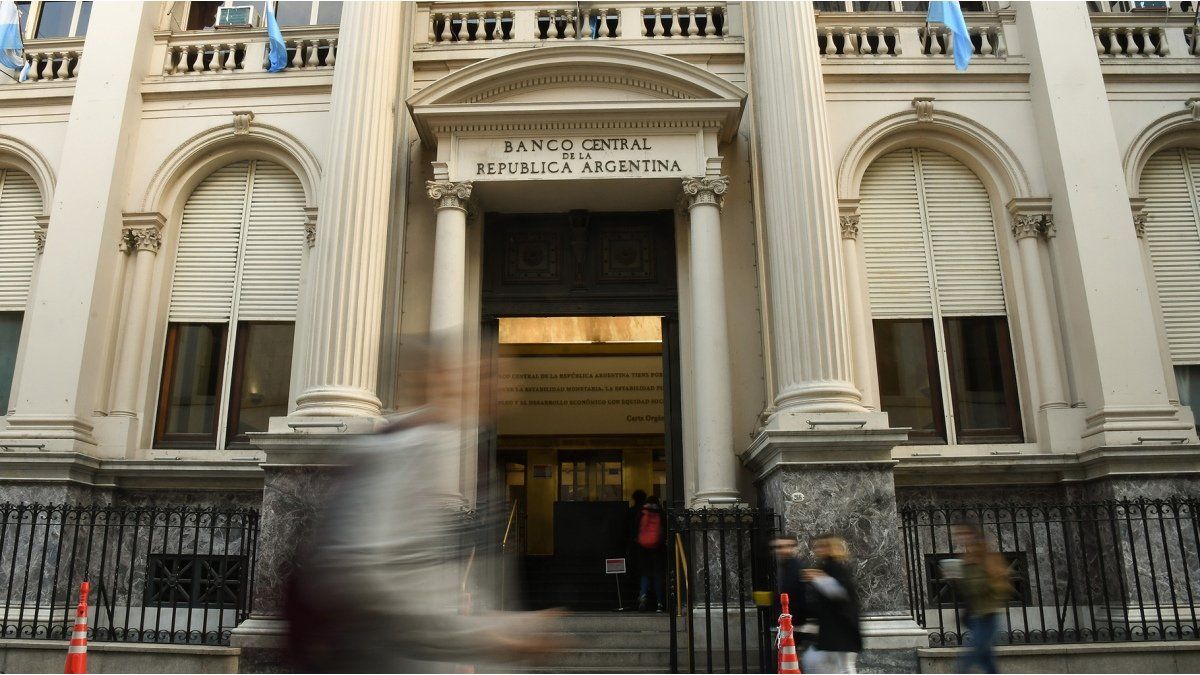The growth of the payment in concept of interests of the Liquidity Letters (Leliq) and Passive Passes implies a quasi-fiscal deficit that is already close to 9% of GDP for this year, a record level since the 1980s. After the last rate hike, the monthly interest payment made by the Central Bank for these instruments amounts to $1.8 trillion. “The BCRA pays interest that goes directly to remunerate the fixed terms of savers,” they argue from the Government.
The data comes from the latest Delphos Investment report and indicates that the joint stock of both instruments already amounts to $19 trillion, which is equivalent to 12% of GDP. “At this rate, the quasi-fiscal deficit will reach 9% of GDP this year, more than doubling the magnitude of 2022 (4.3% of GDP),” the study warns. “The magnitude of the quasi-fiscal imbalance is in itself a major obstacle to the intentions of the candidates to lift the stocks and stabilize the economy,” the consultant details.
From these data, Questions arise among economists regarding the risk and modality of disarmament. “If things were done right and the demand for pesos was restored, the banks, instead of depositing the pesos in Leliq, would allocate it to private credit,” he says. Paul Repettofrom the consultancy AURUM Valores.
This instrument was created in January 2018, during the presidency of Federico Sturzenegger and is exclusively applicable to banks and financial institutions. The exorbitant profit that this tool leaves behind was the reason why President Alberto Fernández promised in his campaign to “increase pensions with the Leliq’s money.” Currently, the 28-day monetary policy rate is 118% nominal per year and 209% effective per year.
Disarmament of placements
Until now, there was no formal proposal to dismantle placements. On the contrary, an economist close to the former Minister of Economy, Martín Guzmán, admitted to this newspaper off-screen that Various proposals have been made to the head of the BCRA, Miguel Pesce, but none of them convinced him and it was another reason for dispute at the most critical stage of inmates within Unión por la Patria. “At the time, a devaluation that would liquefy those assets was analyzed, some type of bond that the banks have or a kind of trust to finance mortgage loans and home construction with that money,” details the economist consulted by this medium.
To measure the monthly amount of interest to be paid, the economist and director of the Tecnopolítica consultancy, Ricardo Inti Alpert, says that “$63,445 million are created daily, the amount of money equivalent to 2,414 homes of 60 square meters every day, that is, 870,000 a year.” Another example of the economist applies to the state-owned Aerolíneas Argentinas. According to Alpert, every two and a half days enough pesos are added to the market to make up for the company’s annual (dollarized) deficit. “It is the only central bank in the world that, instead of managing credit between individuals, asks the population for credit to do nothing more than make more money every day,” claims the economist, in a clear allusion to the disincentive to the credits offered by banking entities.
For his part, for Martin Kalos, director of EPyCA Consultores, that the banks are the sole holders of this instrument “has advantages and disadvantages”: “The bomb marks a sufficiently large amount, but its explosion can be delayed through the regulations of the BCRA itself. Obviously, the disarmament of this has to be done together with a nominal stabilization plan, where the BCRA decides what part of the Leliq rescues and what part refinances. Blending them would affect the assets of the entire banking system”, reflects the economist.
In the same sense, from the Government they respond that the banks capture the savings and deposit them in the BCRA in Leliq, and the entity pays interest that goes directly to remunerate the fixed terms of the savers, for which, “Wanting to liquefy Leliq’s payment is to liquefy family savings.”
For a market agent who addressed this medium in off, Argentina “needs to develop the capital market to channel savings; the ALyC should work to offer savings alternatives, but they only know how to sell financial dollars, and that is why they feed permanent versions of crisis”.
the analyst Leandro Ziccarelli maintained: “Leliq’s disarmament is going to happen when people don’t want to have more fixed terms. A kind of bonex plan could be applied to disarm, but that would hurt the saver a lot. How can people disarm them? By hook, if you trust the peso and the demand for money rises, or by crook, if the disarmament is to buy blue dollars, a process of more gap, natural, but painful. To understand how much interest is spent monthly on LELIQS, the economist says that it is the equivalent of “two programs like the one that Massa has just announced.”
Source: Ambito




